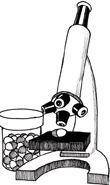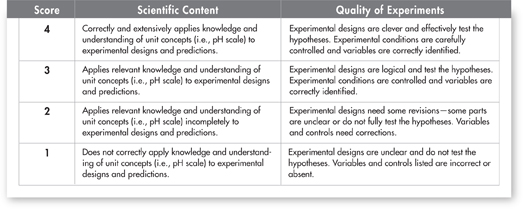Unit Project
Design the Experiment
Did you ever wonder how a medication goes from the lab to your local drug store shelf? A lot of research and experimentation by scientists goes into testing a new medication to make sure it is safe and effective. Imagine you are a scientist working for a pharmaceutical company. Your current project is to test a new medication for heartburn. Heartburn is a painful condition in which acid inside the stomach backs up into the esophagus—the connection between your throat and stomach. This new medication helps neutralize stomach acid to prevent irritation.
Your Task Design three possible experiments to test the safety and effectiveness of the new heartburn medication. Before you begin, think about how you will know if the medication actually neutralizes stomach acid. Once you've written your procedures, you will propose the experiments to your company's Executive Board for Research and Development.
Assessment Rubric
For each experiment,
identify clear independent and dependent variables.
identify a control.
form a hypothesis—predict the results you'd expect to find if the medication worked.
write a specific procedure that tests your hypothesis.

Reflection Questions
Score your experimental designs using the rubric below. What score did you give yourself?
What did you do well in this project?
What about your designs needs improvement?
Are there any ethical dilemmas related to your experiments? Explain.
Table of Contents
- Formulas and Equations
- Applying Formulas and Equations
- Mean, Median, and Mode
- Estimation
- Using Measurements in Calculations
- Effects of Measurement Errors
- Accuracy
- Precision
- Comparing Accuracy and Precision
- Significant Figures
- Calculating With Significant Figures
- Scientific Notation
- Calculating With Scientific Notation
- Dimensional Analysis
- Applying Dimensional Analysis





